Cell-based analysis of Chikungunya virus E1 protein in membrane fusion
Autor(es): Kuo Szu-Cheng, Chen Ying-Ju, Wang Yu-Ming, Tsui Pei-Yi, Kuo Ming-Der, Wu Tzong-Yuan, Lo Szecheng J
Resumo: Chikungunya fever is a p-emic disease caused by the mosquito-borne Chikungunya virus (CHIKV). E1 glycoprotein mediation of viral membrane fusion during CHIKV infection is a crucial step in the release of viral genome into the host cytoplasm for replication. How the E1 structure determines membrane fusion - whether other CHIKV structural proteins participate in E1 fusion activity remain largely unexplored. A bicistronic baculovirus expression system to produce recombinant baculoviruses for cell-based assay was used. Sf21 insect cells infected by recombinant baculoviruses bearing wild type or single-amino-acid substitution of CHIKV E1 - EGFP (enhanced green fluorescence protein) were employed to investigate the roles of four E1 amino acid residues (G91, V178, A226, - H230) in membrane fusion activity. Western blot analysis revealed that the E1 expression level - surface features in wild type - mutant substituted cells were similar. However, cell fusion assay found that those cells infected by CHIKV E1-H230A mutant baculovirus showed little fusion activity, - those bearing CHIKV E1-G91D mutant completely lost the ability to induce cell-cell fusion. Cells infected by recombinant baculoviruses of CHIKV E1-A226V - E1-V178A mutants exhibited the same membrane fusion capability as wild type. Although the E1 expression level of cells bearing monomeric-E1-based constructs (expressing E1 only) was greater than that of cells bearing 26S-based constructs (expressing all structural proteins), the sizes of syncytial cells induced by infection of baculoviruses containing 26S-based constructs were larger than those from infections having monomeric-E1 constructs, suggesting that other viral structure proteins participate or regulate E1 fusion activity. Furthermore, membrane fusion in cells infected by baculovirus bearing the A226V mutation constructs exhibited increased cholesterol-dependences - lower pH thresholds. Cells bearing the V178A mutation exhibited a slight decrease in cholesterol-dependence - a higher-pH threshold for fusion. Cells expressing amino acid substitutions of conserved protein E1 residues of E1-G91 - E1-H230 lost most of the CHIKV E1-mediated membrane fusion activity. Cells expressing mutations of less-conserved amino acids, E1-V178A - E1-A226V, retained membrane fusion activity to levels similar to those expressing wild type E1, but their fusion properties of pH threshold - cholesterol dependence were slightly altered.
Palavras-Chave: Alphavirus; Bicistronic baculovirus expression system; Chikungunya virus; Class II fusion protein; Fusion peptide; Membrane fusion
Imprenta: Journal of Biomedical Science, v. 19, p. 44, 2012
Identificador do Objeto Digital: 10.1186/1423-0127-19-44
Descritores: Chikungunya virus - Biosynthesis ; Chikungunya virus - Cell ; Chikungunya virus - Genome ; Chikungunya virus - Pathogenesis ; Chikungunya virus - Protein synthesis ; Chikungunya virus - Proteins ; Chikungunya virus - Viral infections ; Chikungunya Virus - Virus ; Chikungunya virus - Chikungunya fever
Data de Publicação: 2012








